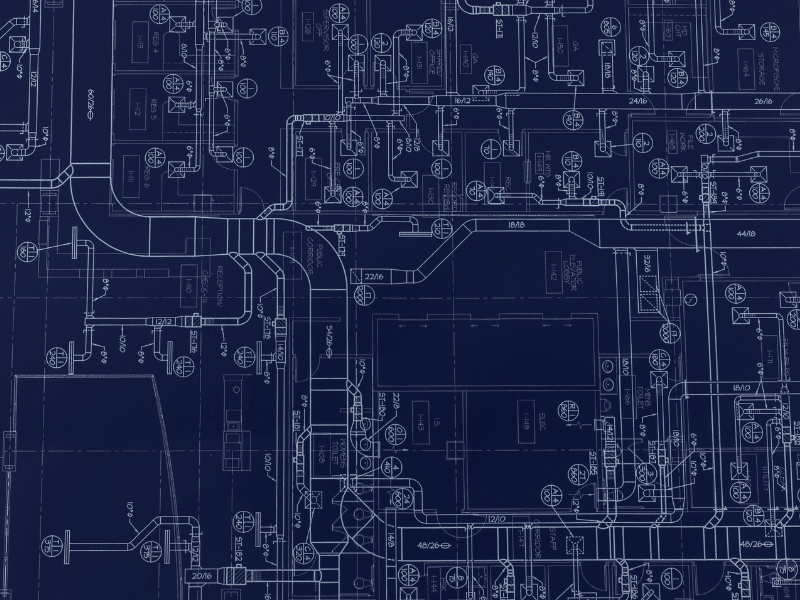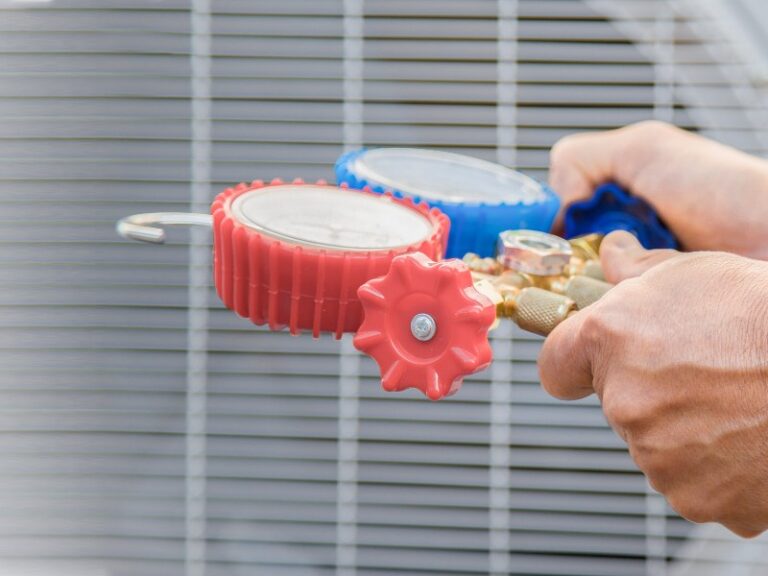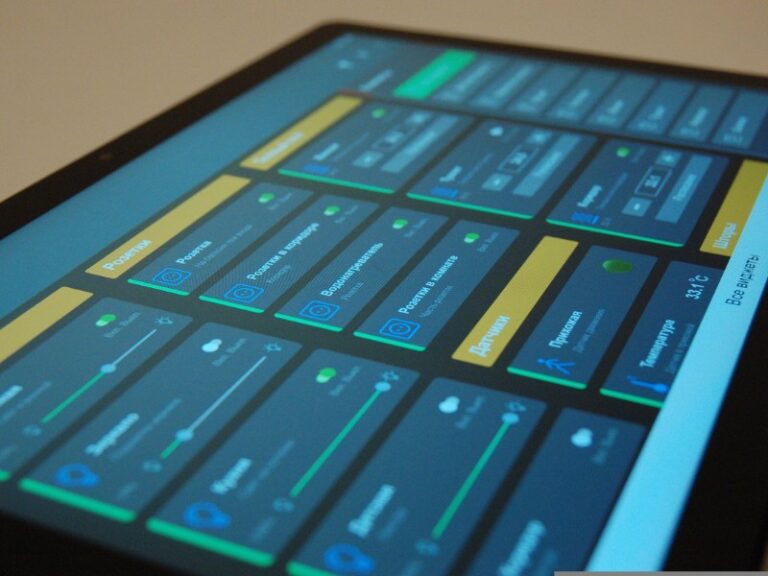In recent years, Artificial Intelligence (AI) has made its mark on various industries, and HVAC (Heating, Ventilation, and Air Conditioning) is no exception. AI is increasingly being integrated into HVAC systems, leading to remarkable improvements in performance, energy efficiency, and overall system reliability. As AI technology continues to evolve, it has the potential to redefine how HVAC systems operate, providing smarter solutions that reduce energy consumption, improve occupant comfort, and extend system lifespans.
In this article, we will explore how Artificial Intelligence is revolutionizing HVAC system performance, the benefits it brings, and the future potential of AI in HVAC systems.
What Is Artificial Intelligence in HVAC?
Artificial Intelligence (AI) refers to the capability of machines to simulate human intelligence processes, such as learning, reasoning, problem-solving, and decision-making. In the context of HVAC systems, AI uses machine learning algorithms, data analytics, and predictive models to optimize system performance in real-time. AI-enabled HVAC systems are designed to make intelligent decisions based on environmental conditions, building occupancy, and historical data, among other factors.
Key AI features in HVAC systems include:
- Predictive maintenance: Identifying potential issues before they cause failures.
- Energy optimization: Adjusting system settings to minimize energy consumption while maintaining comfort.
- Real-time adjustments: Adapting to changing environmental conditions and occupancy in real-time.
By integrating AI, HVAC systems become smarter, more responsive, and more energy-efficient than ever before.
How AI is Improving HVAC Performance
1. Predictive Maintenance and Fault Detection
Predictive maintenance is one of the most significant contributions of AI to HVAC systems. Traditional maintenance schedules are often based on time intervals or system age, which can lead to either unnecessary servicing or missed repairs. AI-powered systems, on the other hand, use real-time data from sensors to predict potential failures before they happen.
- How It Works: AI continuously monitors the performance of HVAC components (such as compressors, motors, and fans) through sensor data and historical performance data. If AI detects unusual patterns or performance degradation, it triggers maintenance alerts to prevent system failure.
- Benefits: Predictive maintenance reduces downtime, lowers repair costs, and extends the lifespan of HVAC equipment by addressing issues before they escalate.
2. Energy Efficiency and Cost Savings
One of the most significant benefits of integrating AI into HVAC systems is the ability to optimize energy consumption. HVAC systems often run inefficiently, either by overcooling or overheating a space or running when not needed. AI addresses this by adjusting system settings based on a variety of factors, such as occupancy, outdoor temperature, and energy usage patterns.
- How It Works: AI systems utilize machine learning algorithms to analyze historical data and adapt the HVAC system’s performance based on real-time conditions. For instance, if the building is unoccupied, the system can lower its energy consumption without sacrificing comfort, and if the temperature outside changes suddenly, the system can adjust in real-time.
- Benefits: AI helps achieve significant energy savings by ensuring that the HVAC system operates only when necessary, while also optimizing system performance for maximum efficiency. This leads to reduced utility bills, lower carbon footprints, and more sustainable building operations.
3. Smart Thermostats and Zoning Systems
Smart thermostats have revolutionized how we control the temperature within buildings, and AI takes this one step further. AI-enabled thermostats can learn occupant behavior and adjust the temperature settings accordingly. They can also optimize the zoning system, which allows different areas of a building to have independent temperature control.
- How It Works: AI-enabled smart thermostats gather data on occupancy, preferences, and schedules to predict when to heat or cool specific areas of a building. The system can adjust the temperature in real-time based on occupancy patterns, weather forecasts, and historical data.
- Benefits: AI-driven thermostats improve comfort by ensuring consistent temperatures in every room or zone. Additionally, they enhance energy savings by adjusting the HVAC system based on actual demand, reducing unnecessary heating and cooling.
4. Real-Time Data Analytics and Optimization
AI systems in HVAC are equipped with advanced data analytics capabilities that allow for real-time monitoring and optimization of system performance. The ability to analyze vast amounts of data from sensors and building management systems enables AI to make informed decisions that traditional systems cannot.
- How It Works: AI-powered HVAC systems continuously monitor factors like indoor air quality, humidity, temperature, and airflow. Using this data, AI can make real-time adjustments to optimize comfort while minimizing energy use. For example, if the system detects a rise in humidity, it may activate the dehumidification process or adjust ventilation.
- Benefits: Real-time optimization enhances indoor comfort, ensures air quality, and improves system responsiveness. By processing and analyzing data in real-time, AI systems can adapt to changing conditions more quickly and efficiently than traditional systems.
5. Enhanced User Experience and Comfort
AI’s ability to customize settings based on user preferences and environmental conditions ensures that HVAC systems are more aligned with the needs of building occupants. AI-powered HVAC systems can detect patterns in comfort preferences (e.g., preferred temperatures, humidity levels) and adjust the system accordingly.
- How It Works: Through machine learning, AI systems learn the preferred temperature settings of occupants and adjust heating and cooling based on these preferences. For example, if a person tends to set the thermostat to a specific temperature at certain times of day, the system learns and automatically adjusts to those preferences.
- Benefits: The AI system ensures a comfortable indoor environment, with consistent temperatures that align with occupants’ needs and schedules. This personalization improves overall satisfaction and reduces the need for manual adjustments.
The Future of AI in HVAC Systems
As AI technology continues to evolve, its potential for transforming HVAC systems is immense. The future of AI in HVAC systems will likely include even more advanced predictive algorithms, self-learning capabilities, and energy-saving innovations. Some potential future developments include:
- AI-driven predictive models that continuously improve system efficiency by adapting to future weather patterns and building usage trends.
- Fully autonomous HVAC systems that require minimal human intervention, allowing for seamless operation and intelligent decision-making based on real-time data.
- Integration with smart building systems that can provide complete automation for all building functions, including lighting, temperature, and security, leading to maximized energy savings and improved overall efficiency.
Conclusion
Artificial Intelligence is fundamentally changing the way HVAC systems operate, making them smarter, more efficient, and better at providing optimal comfort. By integrating AI, HVAC systems can achieve significant energy savings, improved maintenance through predictive analytics, and enhanced user comfort.
As AI technology advances, HVAC systems will continue to evolve, providing more sustainable, energy-efficient solutions for residential and commercial buildings. Whether you’re looking to improve system efficiency, reduce operating costs, or enhance comfort, AI-powered HVAC systems offer the tools necessary to achieve these goals.
Ready to optimize your HVAC system with AI? Embrace the future of HVAC technology by integrating smart, AI-powered solutions to improve energy efficiency, comfort, and long-term savings.




